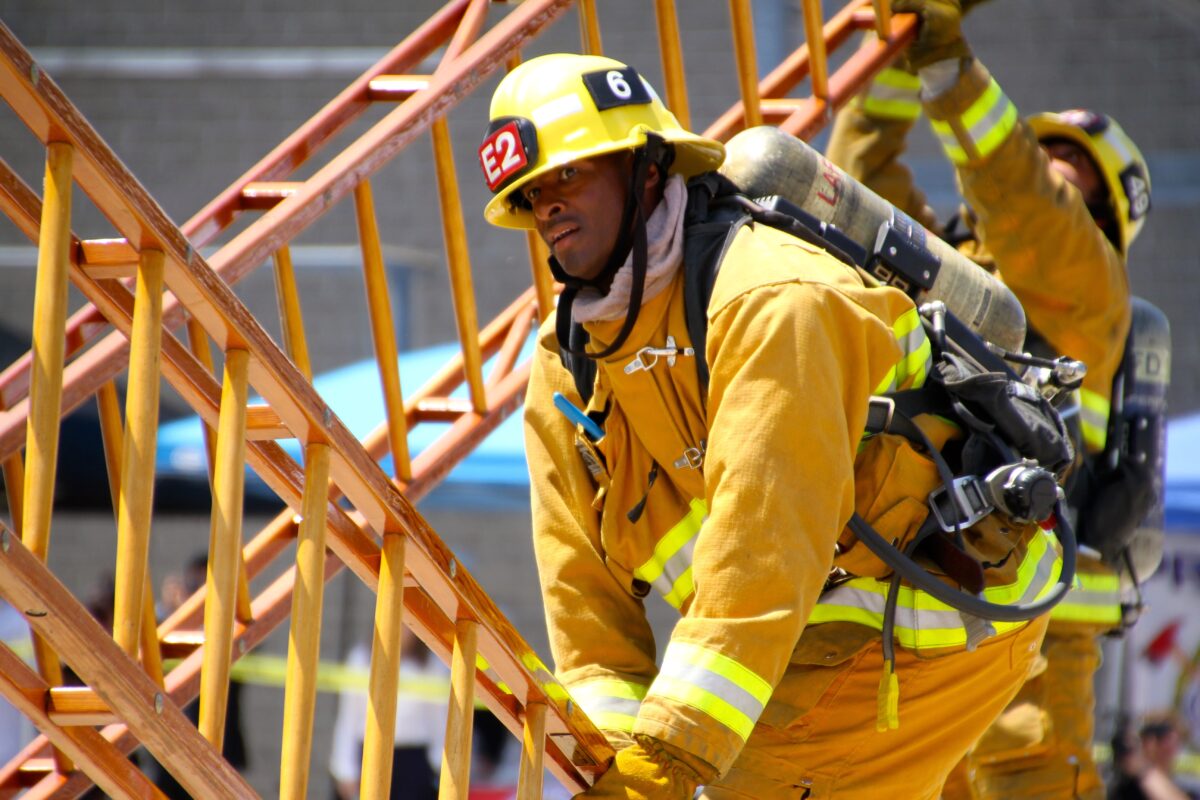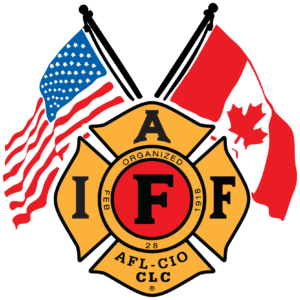
Building Construction and Fire Safety Code
As the end user of all building codes, fire fighters rely on codes to keep them and building occupants safe in case of emergencies, and therefore should have a voice in the code development process. If you don’t get involved in the building code process and advocate for your safety and the safety of your fellow fire fighters, then who will? Don’t let others in the building industry speak on your behalf.
This resource gives IAFF members the tools and resources they need to become an active player in the codes and standards process by providing:
- Real-world examples that show how fire and building codes can prevent line of duty fatalities, building collapses and other tragedies
- The latest news on modern building design trends and construction materials and how they influence fire behavior and firefighting tactics
- Guidelines on how to write, submit and review codes submitted to both the NFPA and ICC
- Summaries on the latest research in fire behavior and standards testing

IAFF representatives are appointed by the General President to participate in the development and implementation of comprehensive deployment and staffing standards for professional fire fighters, as well as standards development for protective clothing and equipment, qualification and certification, and safety and health through the National Fire Protection Association, the Canadian Standards Board and the International Codes Council.
For information on IAFF Standards and Codes Representatives, contact your local president or district vice president.